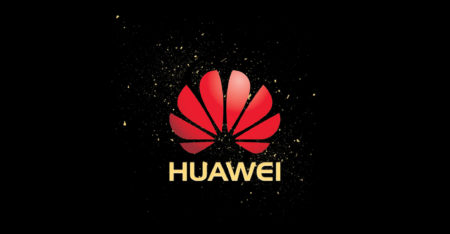
[By Alistair Fairweather]
Anyone with a laptop or a smartphone has a love-hate relationship with Wi-Fi. When it works it’s like magic, but too often you find yourself just out of range, or struggling to remember which password you used with this or that hotspot. But imagine if a Wi-Fi hotspot could completely cover an entire city.
What sounds like science fiction is quickly becoming fact. Yesterday the Institute of Electrical and Electronics Engineers (IEEE) published their newest wireless standard — wireless regional area network (WRAN), or IEEE 802.22 in geek speak.
Using this standard, a single “hotspot” could cover over 31 000 square kilometres. That means a well-placed mast could cover the whole of Johannesburg and some of Pretoria. But the really brilliant thing about WRAN is that it uses leftover pieces of frequency known as “white space”.
It works like this: everyone who broadcasts a signal must stick to their allocated frequency or all the signals will disrupt each other and customers will be unable to “tune in”. And so the air around us was carved up (or licensed) long ago by the TV and radio broadcasters and, more recently, the cellphone networks.
When the frequencies that TV broadcasters use were allocated, wireless technology was far less precise and reliable than it is today. The industry chose to leave gaps between frequency bands — buffers to prevent one channel from interfering with another. That’s what you’re seeing when you tune a TV; the static between channels is the white space.
WRAN allows us, in theory, to use that wasted space to transmit data wirelessly at speeds comparable with the fastest 3G networks. Even better, these TV frequencies have many advantages over traditional 3G. A single broadcast station can cover 12 to 70 times more area, and the frequencies penetrate buildings and other obstacles much more efficiently. The TV guys clearly got the pick of the litter back when frequencies were doled out.
But while we may dream of a single, citywide hotspot, the best use of WRAN would be to offer broadband Internet access to previously ignored rural areas at the lowest possible cost. That’s almost certainly what the Americans will do with it, and it makes even more sense in Africa and the rest of the developing world.
Perhaps the most exciting thing about white space, at least in the US, is that it’s currently unlicensed. Just as you don’t need a broadcast license to set up your own Wi-Fi hotspot, you won’t need one for WRAN, even though you’re covering provinces rather than households.
Hang on, won’t that mean that hundreds of WRAN cowboys quickly end up interfering with each other? Not if the standard works properly. It uses a system called “cognitive radio” to automatically adjust to surrounding frequencies and therefore avoid any such disruptions. Magic, right?
But this silver cloud does have a fairly thick lead lining. Firstly, it will require a whole new generation of devices to use WRAN. Your standard laptop won’t be able to pick up the new signal, and neither will any smartphone or 3G dongle currently on the market. So we not only need to cover those rural areas, we also need to kit them out with currently nonexistent receivers.
And then there’s the fact that many devices already use the same white space for smaller scale applications. Wireless microphones, intercoms and in-ear monitors all use these frequencies. Blasting an area with WRAN signal would make them effectively unusable.
Nor is it as cheap as it sounds. The reach and penetration of the WRAN signal come at a price: power. TV broadcast masts are typically enormous and use huge amounts of electricity. This is not something a weekend geek could slap together — this is something that needs funding and a business plan.
Finally, the US’s regulators were willing to approve WRAN because they had already shifted their whole country to digital broadcasting standards. This is part of what makes cognitive radio — once a pipe dream — practical for the first time. Since our own digital migration is already running years behind schedule, we shouldn’t expect widespread use of WRAN in SA before 2015 at the very earliest.
For all those drawbacks, WRAN shows enormous promise. One of technology’s great strengths is its ability to make more efficient use of existing resources. There’s something very neat and satisfying about using a previously wasted space to help the less fortunate. Let’s hope our regulators feel the same way.
- Alistair Fairweather is digital platforms manager at the Mail & Guardian
- Visit the Mail & Guardian Online, the smart news source
- Subscribe to our free daily newsletter
- Follow us on Twitter or on Facebook




